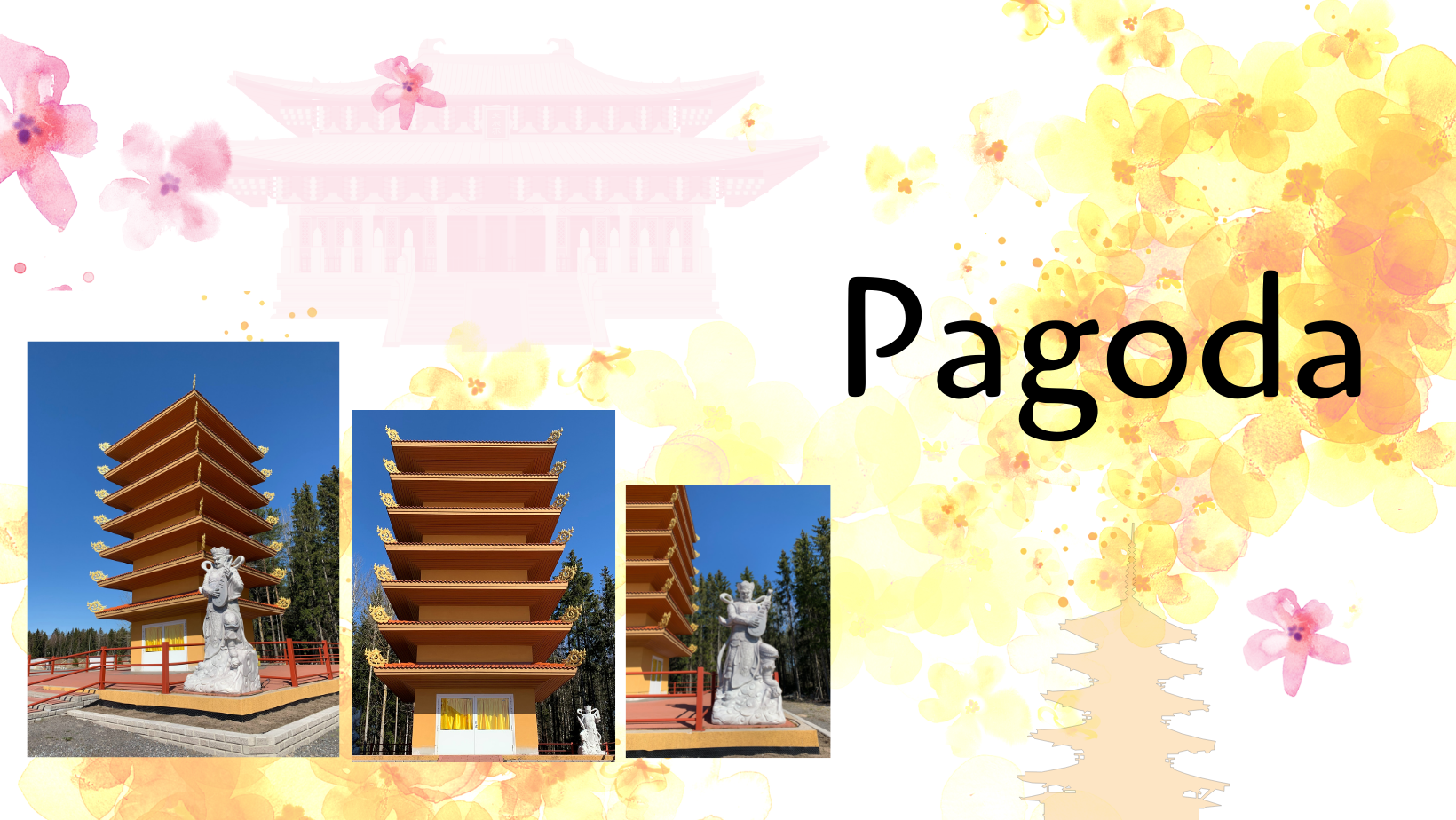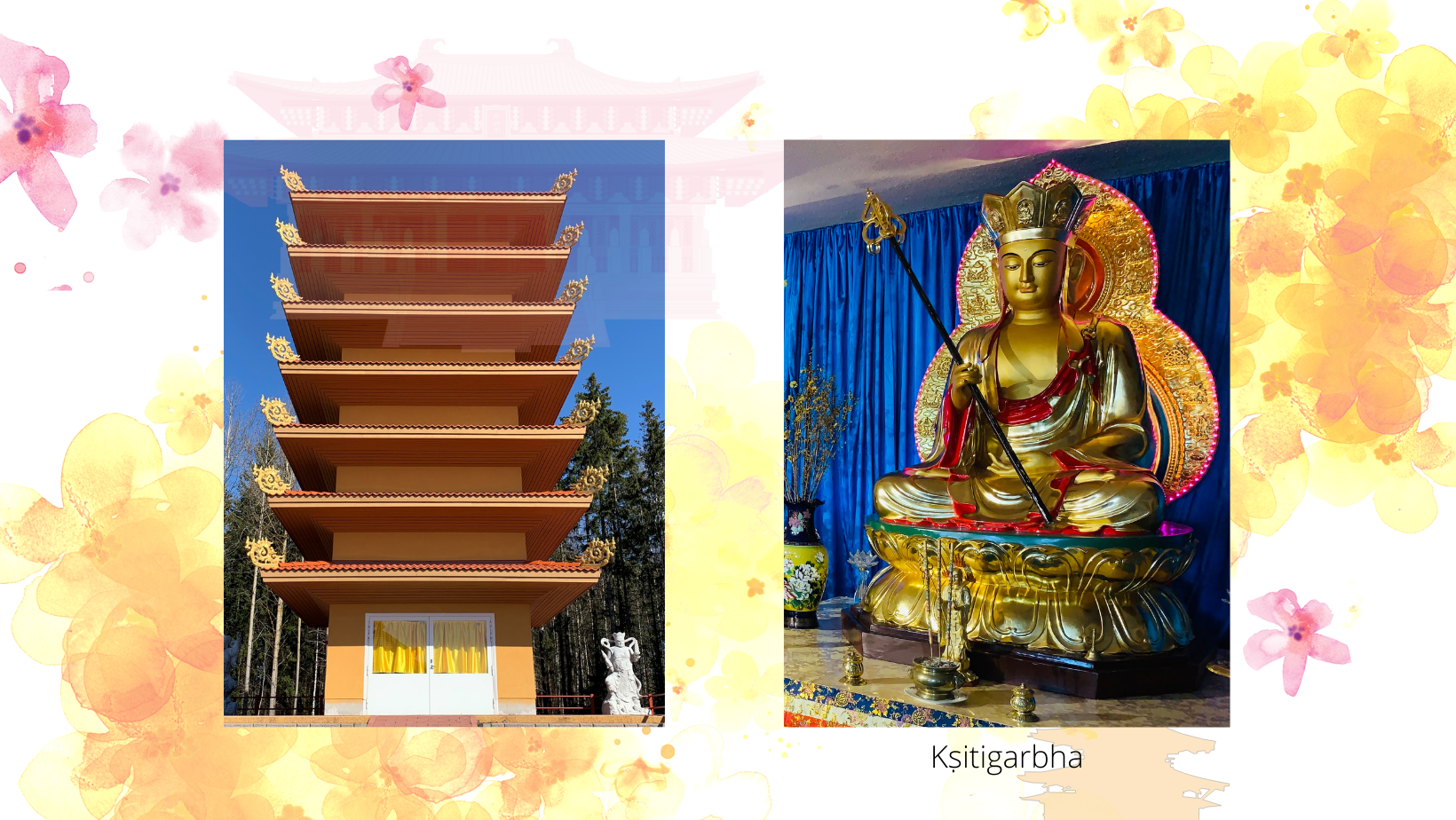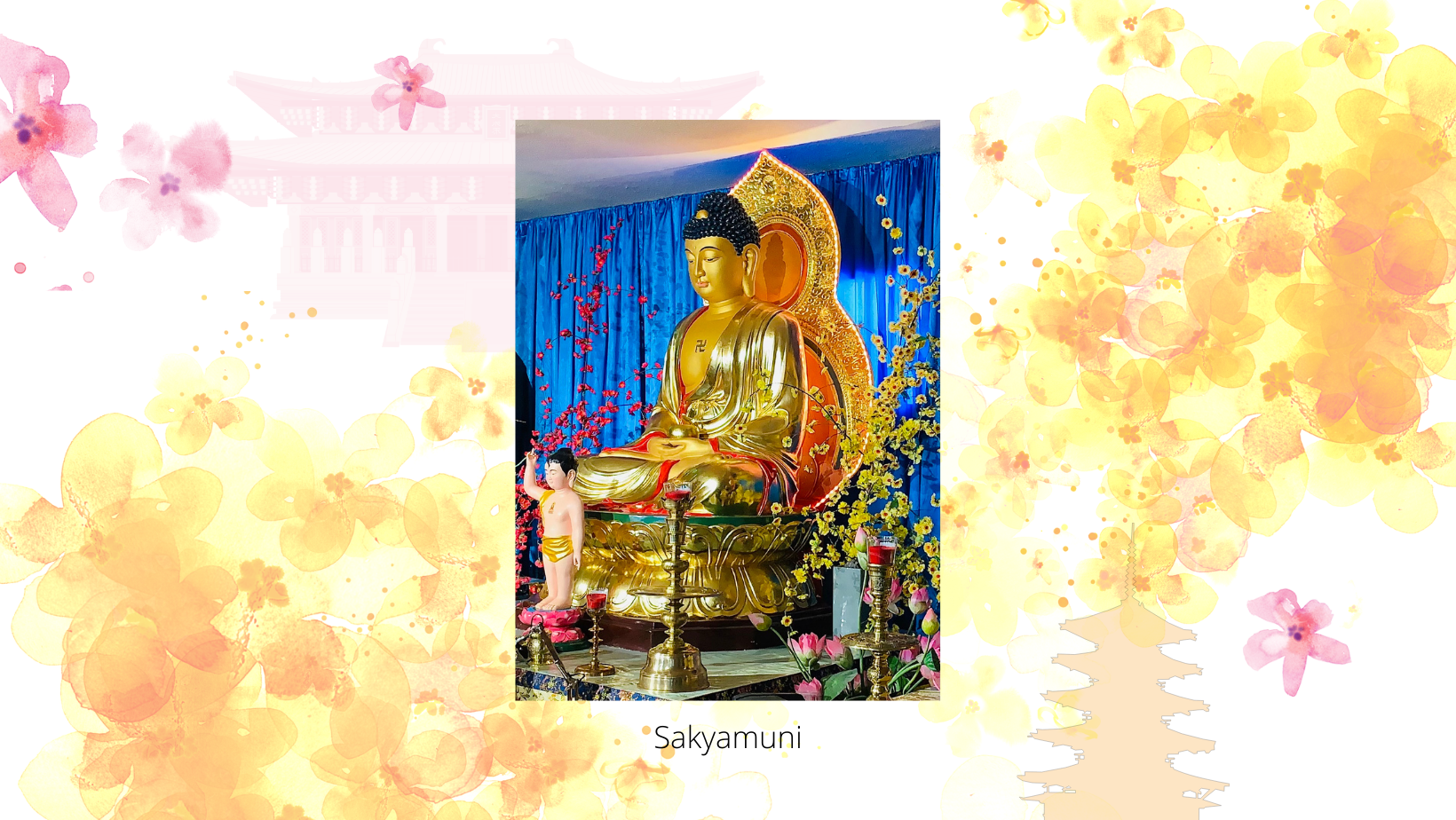Ghi danh xe bus Vu Lan 2025
Loading…Nếu có sự cố với form trên, quý vị có thể liên hệ trực

In Vietnam, the word pagoda often refers to Vietnamese Buddhist monasteries and temples. Elsewhere in East Asia, pagoda refers to tall temple tower -building in the near area of a monastery and temples. The origins of the pagodas come from India. The connection between Buddhism and pagodas is explained in Buddhist literature, according to which pagodas were originally built to preserve the
relics of Sakyamun, the founder of Buddhism.
Vietnamese regularly visit pagodas - for prayers, blessings, or at events or festivals. Vietnamese pagodas are usually built of wood, tile and brick. The location of the pagoda is close to rivers, lakes or ponds. The shapes can vary, but the most common shapes of the base and layers are square and polygon. The roof is often slightly rounded, believed to banish evil spirits. The high peak of the pagoda is called sōrin in Japanese. It consists of discs in a vertical series. Sorin is made of stone or wood, but it is not found in all pagodas.
At the top of the Lien Tam Pagoda is a flaming gemstone (火炎 宝珠), which is usually also the top component of the Sorin Disc Column. A flaming gemstone is thought to fulfill hopes as well banish evil. Flaming gemstone is on top of lotus and contains a reference to Kshitigarbha (viet. Địa Tạng Vương), known as the protector of children and aborted fetuses. In East Asian Buddhism a similar gem fulfilling hopes is in the right hand of Kshitigarbha.

Lien Tam pagoda is 7 storeys tall, yellow-colored with decorated gold ornaments. Normally ashes of monastic are typically preserved in a 7-storey pagoda, the relics of enlightened teachers in 9-storey, and the relics of the Buddha in the 13-storey. Also in Lien Tam Pagoda monastic ashes will potentially be preserved in the future. Numbers of 7, 9, 13 storeys are typical in Vietnam and China.
On the altar of Lien Tam pagoda is a statue of Shakyamuni Buddha placed in the middle. Characteristic of the statue are almost closed eyes, sitting position and swastika on the chest.
Shakyamuni was the son of King Suddhodana (Gotama surname) and Queen Maha Maya from Sakya House. He was born in 623 BC. Lumbini Park, formerly part of ancient India, is now located in Nepal near the Himalayan mountains. His family ruled the city of Kapilavatthu and Shakyamuni married Princess Yasodhara and had a son named Rahula.
Shakyamuni was surrounded by wealth, luxury, power and a strong attachment to his family and throne. However, he was always worried about resolving other people’s suffering. After going through four different districts where he saw death, illness, aging, freedom, he decided to relinquish everything, even his right to the throne, and found his way to realization of liberation.
After years of practicing various teachings, he still did not feel free. He vowed under the bodhis tree (tree of enlightenment) not to go anywhere until he was enlightened. He sat under the bodhi tree for 49 days and finally understood the spiritual reality and became a Buddha.
